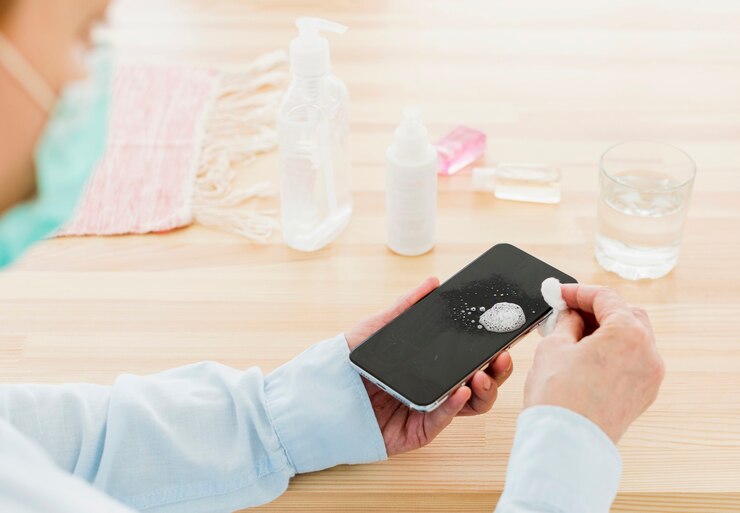
Diabetes affects millions worldwide, resulting from elevated blood glucose levels. Glucose, primarily derived from food, is absorbed into our cells with the help of insulin—a hormone produced by the pancreas. When the body fails to produce enough insulin or use it effectively, diabetes can develop.
Living with diabetes doesn’t mean sacrificing a healthy, active lifestyle. Effective management hinges on regularly monitoring blood sugar levels. This helps avoid both hypoglycemia (low blood sugar) and hyperglycemia (high blood sugar), which can lead to serious health issues. Monitoring is essential to maintain balance and prevent tissue damage caused by excessive glucose in the bloodstream.
Blood sugar should be checked multiple times a day, especially before and after meals—typically two hours post-eating, when glucose absorption peaks. The frequency of testing varies based on individual treatment plans.
To measure blood sugar, a glucose meter is used. This device requires a small blood sample, usually obtained by pricking the fingertip with a lancing device. While effective, this process can be uncomfortable or even painful for some.
There are two main types of lancets: traditional and pip lancets. Traditional lancets are simple plastic devices with a needle hidden under a cap. They can be used alone or with a lancer, a syringe-like tool that helps draw blood. Pip lancets, once exclusive to hospitals, are now widely available. They offer greater convenience, safer disposal, and often less pain. These single-use devices keep the needle concealed, reducing the risk of accidental pricks and allowing better control over penetration depth.
Though some discomfort is inevitable, pip lancets are generally less painful than traditional ones. However, pain tolerance varies, so finding the most comfortable option may require experimentation.
Additional tips to reduce pain include pricking the sides of the fingers instead of the tips, as the skin there is tougher. Avoid using alcohol wipes before testing, as they can dry and tighten the skin, making it harder to pierce. Also, always use a new lancet for each test—reusing dulls the needle, increasing discomfort and the likelihood of multiple attempts.
For diabetics, blood sugar monitoring becomes a daily habit. While the thought of repeated pricks can be daunting, using pip lancets and following these strategies can make the process significantly more comfortable.






